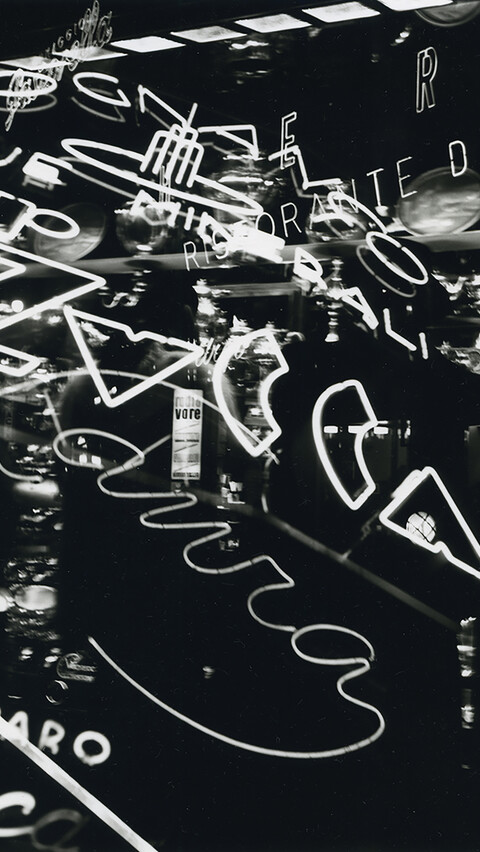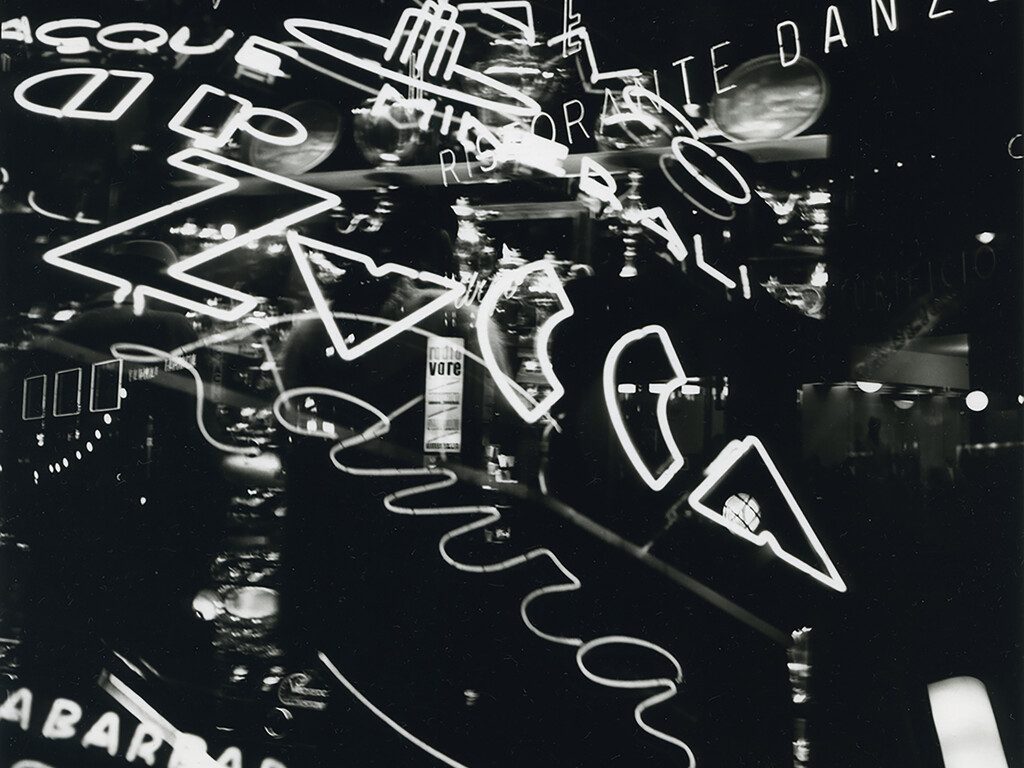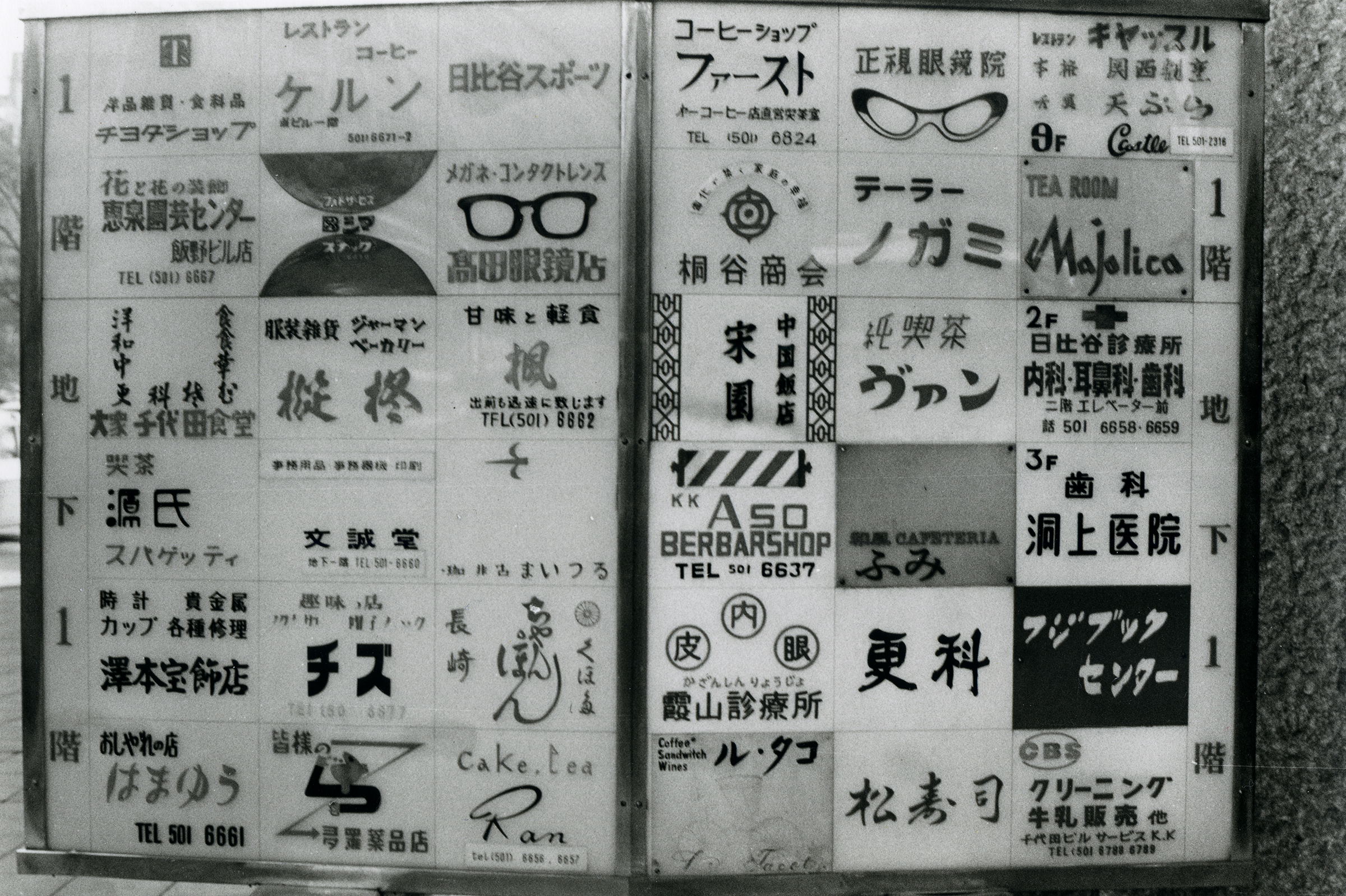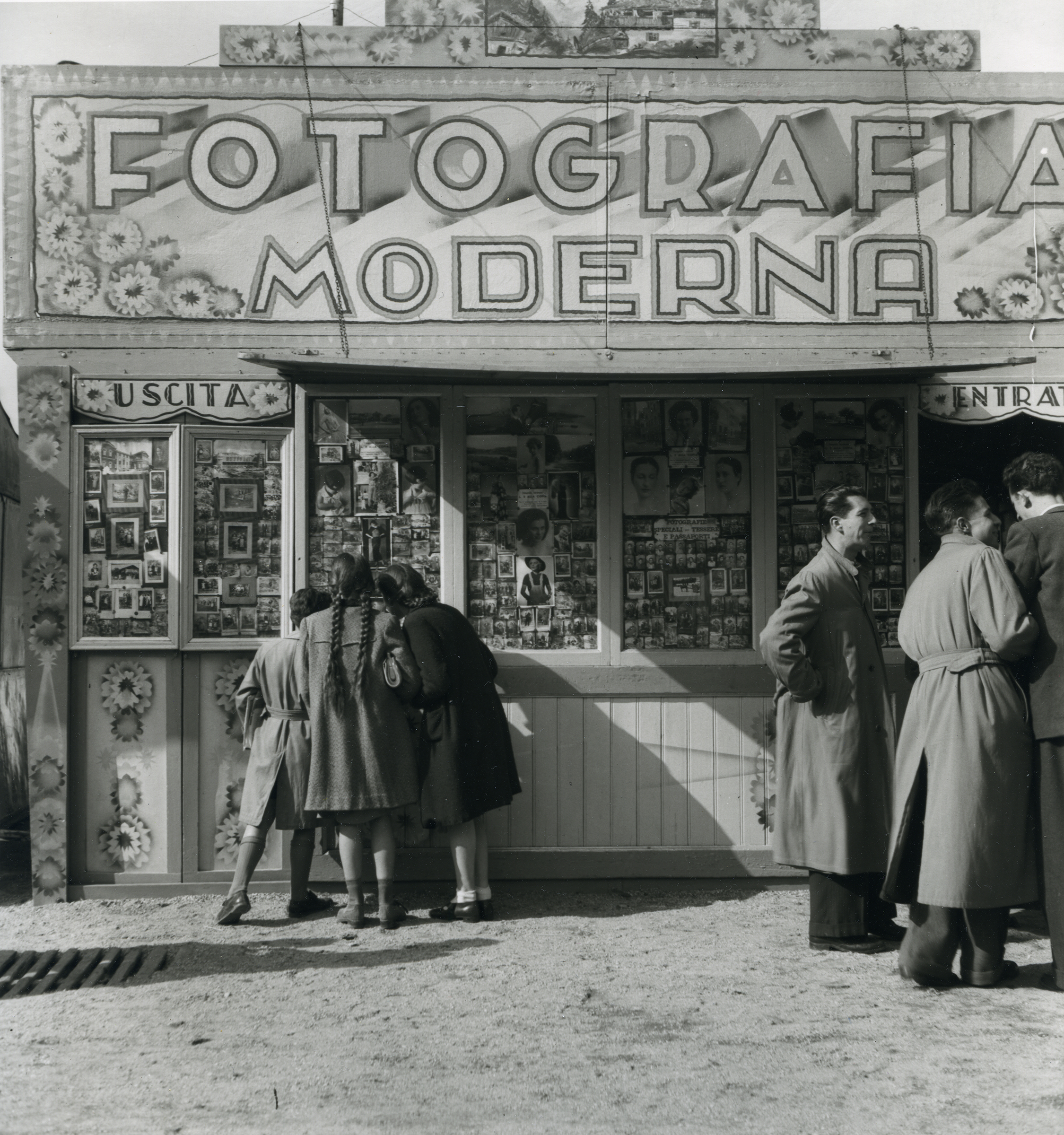Max Huber (1919–1992), one of the most influential graphic designers of the 20th century, is the focus of a new exhibition celebrating his photographic works. Spanning 1940s photogram pieces to scenes captured in Italy during the 1950s and Japan in the 1960s, over 30 photographs invite visitors to experience the “Another World” envisioned by Huber. The exhibition is presented by Gallery 5610, founded by his friend and his father-in-law, Takashi Kono (1906–1999), a pioneer of Japanese graphic design.
In his youth, Max Huber demonstrated such remarkable skill in drawing that he initially aspired to become a surrealist painter. He later enrolled at the Kunstgewerbeschule Zürich (today’s Zurich University of the Arts, ZHdK) to study photography. There, he was introduced to Bauhaus photomontage and became familiar with the works of El Lissitzky, Jan Tschichold, and László Moholy-Nagy. During his military service in the Swiss army, he formed a friendship with fellow alumnus Werner Bischof, whose influence further inspired Huber to pursue a career in photography.
This exhibition presents over 30 works, ranging from photograms created in the 1940s to scenes captured in Italy during the 1950s and Japan in the 1960s. Some of these photographs were later used as source material for Huber’s corporate advertising posters and book designs, reflecting his perspective as a graphic designer and his unique post-Bauhaus approach to form and composition.
Max Huber, who had a keen interest in Japanese culture, first visited Japan in 1960 as part of the Italian delegation to the World Design Conference held in Tokyo, alongside Bruno Munari. There, he met Takashi Kono, who was participating as a designer on the conference’s organizing team. The two instantly recognized each other’s work and began a professional exchange as graphic designers. In 1961, Huber reunited with Kono, who had represented Japan at the AGI (Alliance Graphique Internationale) meeting in Milan, and met Kono’s eldest daughter, Aoi, who had joined him from her studies in Stockholm. She later worked as an illustrator in Huber’s Milan studio, and the two eventually married.
Aoi Huber Kono continues to live in southern Switzerland, carrying on her work in illustration and design. She will visit Japan in conjunction with this exhibition. More information here: Aoi Huber Kono.
The exhibition’s promotional design was created by art directors Gan Hosoya and Gen Hosoya, longtime friends of the Hubers. (During the exhibition, talks and events will be held, including one by art historian Toshiharu Ito. For more details, please visit the Gallery 5610 website: here.
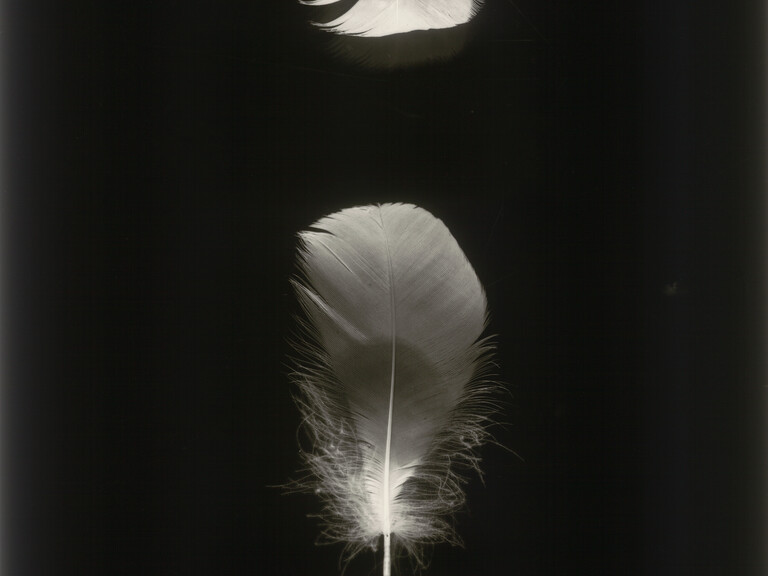
Exhibition Overview
Graphic Designer Max Huber – Photo Exhibition: “Another World”
Dates: November 25 (Tue) – December 10 (Wed), 2025
Time: 11:00 AM – 6:00 PM (until 4:00 PM on the final day)
Venue: Gallery 5610
Organizer: Deska Co., Ltd. / Gallery 5610
In Cooperation With: Aoi Huber Kono, Guido Giudici (La Consarc, Chiasso, Switzerland)
Supported By: Embassy of Switzerland in Japan
Public Relations Design: Gan Hosoya, Gen Hosoya
More Information: Gallery 5610
Max Huber (1919–1992, Graphic Designer)
Max Huber (1919–1992) was born in Baar, Canton of Zug, Switzerland. After completing high school, he studied at the Kunstgewerbeschule Zürich (today’s Zurich University of the Arts, ZHdK) under Alfred Willimann. During this period, he encountered notable figures such as Werner Bischof, Emil Schultes, Josef Müller-Brockmann, Carlo Vivarelli, Hans Falk, Hans Neuburg, and Max Bill.
In 1940, despite not speaking any Italian, Huber applied to work as a graphic designer at the Studio Boggeri in Milan, Italy, and spent about a year there. At Studio Boggeri, he met Bruno Munari, Luigi Veronesi, Albe Steiner, Remo Muratore, and Saul Steinberg. In 1941, due to the worsening political situation in Italy, he returned to Switzerland. The following year, he was invited by Max Bill to join the Swiss Concrete Art group “Allianz,” which included Hans Arp and Richard Paul Lohse among its members.
In October 1945, Huber returned to Milan and, in 1947, worked on graphic design for the 8th Milan Triennale alongside Albe Steiner. He was also entrusted with graphic design for publications by Giulio Einaudi’s publishing house. Huber created the first brand image for the Milan-based paper company Brenduri. That same year, he co-organized the exhibition “Abstract Concrete” (Abstract and Concrete Art) at Palazzo Reale in Milan with Max Bill and Gianfranco B. Tiravanti.
In 1950, Huber designed a new logo for La Rinascente, a prestigious Italian department store. He participated in the establishment of the Concrete Art Movement (MAC) in Milan, alongside Bruno Munari, Gillo Dorfles, Gianni Monnet, and Athanasio Soldati. During this period, he developed a close working relationship with the designer-architect brothers Achille and Pier Giacomo Castiglioni. The Castiglioni brothers’ architectural projects—including exhibition designs for Italian companies such as RAI, Eni, and Montecatini—featured Huber’s graphic design work.
In 1954, the inaugural year of the prestigious Italian design award Compasso d’Oro, Huber won the gold prize in the “Plastic and Textiles” category. In 1960, he participated in the World Design Conference held in Tokyo with Bruno Munari. In 1964, the Japan Design Committee organized an exhibition titled “Graphic Design by Max Huber” (curated by Masaru Katsumi, spatial design by Masayoshi Nakajo, venue: Ginza Matsuya).
Huber contributed graphic design to the OECD Pavilion, designed by Gianfranco B. Tiravanti, at the Osaka Expo in 1970. His connections with Japan continued through the 1980s, including participation in the Peace International Exhibition (Tokyo) and the Toyama International Poster Triennale in 1987–1988.
Huber was also deeply involved in education. Beginning with the Milan Rinascita School in 1947, he taught at Umanitaria from 1959 to 1962, and in the 1970s, at the Scuola Politecnica del Design in Milan run by Bruno Munari and Nino Di Salvatore. From 1978 to 1984, he taught graphic art at the Centro Scolastico Industriale d’Arte (CSIA) in Lugano, Switzerland.
Max Huber passed away on November 16, 1992, in Mendrisio, southern Switzerland, at the age of 73.
Article’s cover:
Piazza del Duomo, Milanostampata da negativo originale, 1940, 203x189, Max Huber
